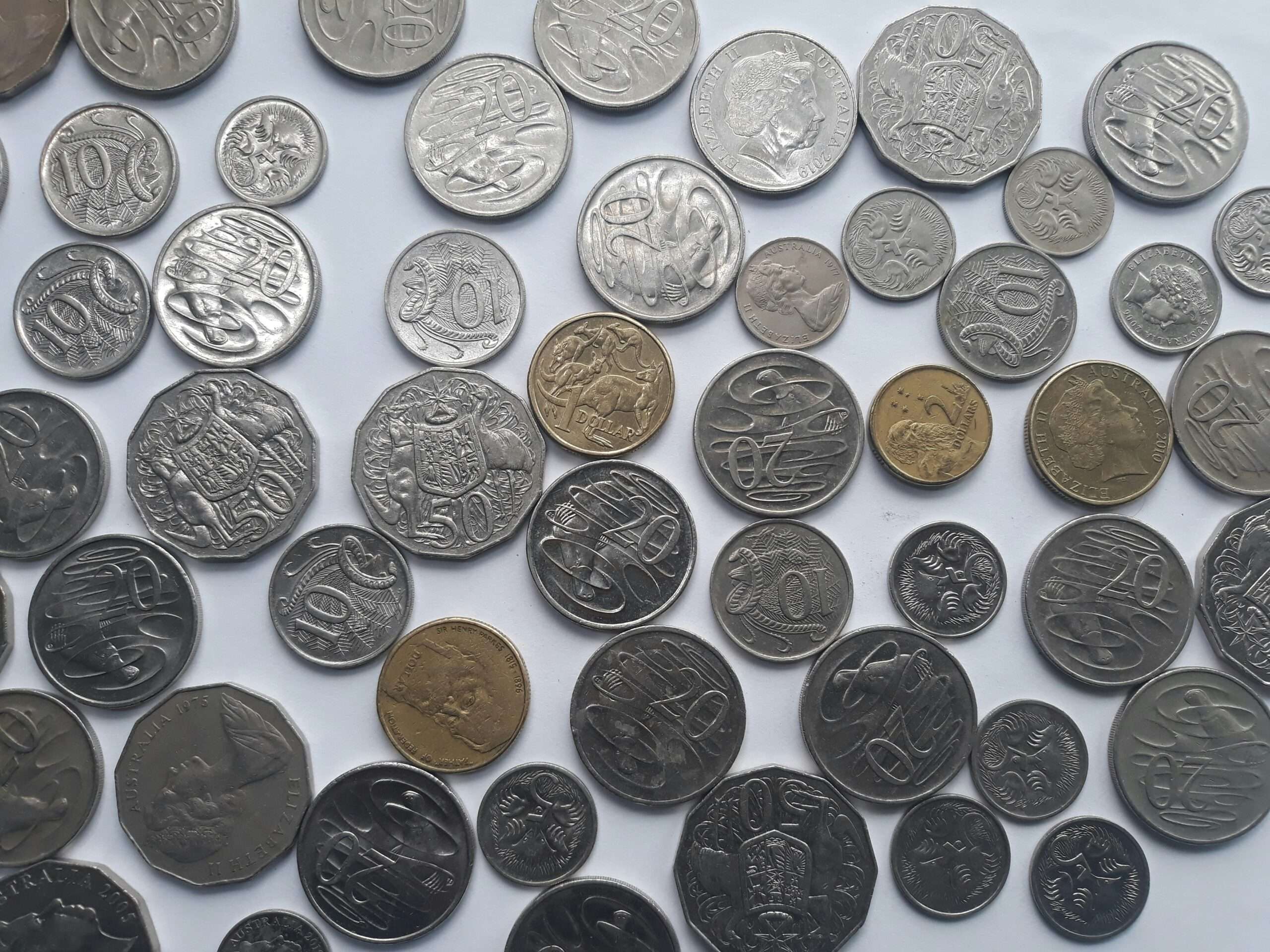Zero waste is often seen as an eco-friendly lifestyle that helps the planet, but does zero waste save money? The short answer: Yes, it can, if done strategically.
While some zero-waste swaps may have upfront costs, the long-term financial benefits can be significant. From reducing disposable purchases to embracing second-hand shopping, going zero waste can lead to serious savings over time.
Let’s break down exactly how.
1. Cutting Down on Disposable Items
Single-use products might seem cheap in the moment, but their costs add up over time. Items like paper towels, plastic water bottles, and disposable razors require constant repurchasing, whereas reusable alternatives last for years.
- A pack of paper towels costs around $2–$5 and is used up quickly. A set of reusable cloths ($10–$20) can last for years.
- A reusable water bottle ($20) replaces hundreds of $2 bottled waters annually.
- A safety razor ($30–$50) costs more upfront but eliminates the need for disposable razors ($10 per pack).
- Menstrual cups or reusable pads ($30–$50) replace disposable tampons and pads, which cost $10–$20 per month.
Savings estimate: Hundreds of dollars per year.
TL;DR: Swapping disposables for reusables saves money in the long run.
2. Buying in Bulk
Bulk shopping reduces packaging waste and lowers the cost per unit. Many bulk stores allow you to bring your own containers, cutting down on waste and unnecessary spending.
- Rice, pasta, and beans bought in bulk often cost 20–50% less per unit than their packaged counterparts.
- Bulk spices are significantly cheaper than pre-packaged jars.
- Buying nuts, seeds, and dried fruits in bulk reduces per-pound costs by up to 30%.
- Refillable oils, vinegar, and cleaning products often come at a lower price per liter compared to bottled versions.
- Bulk cleaning products (like baking soda and vinegar) are multipurpose and reduce the need for multiple store-bought cleaners.
Savings estimate: $20–$50 per month, depending on household size.
TL;DR: Buying in bulk reduces packaging waste and lowers grocery costs.
3. Cooking at Home & Reducing Food Waste
Eating out and food waste are major drains on your wallet. By planning meals, using leftovers creatively, and composting scraps, you reduce waste and save money.
- A single takeout meal can cost $10–$20, while cooking at home often brings the per-meal cost down to $3–$5.
- Australians waste an average of $2,500 per year on food waste. Reducing this by just 50% saves $1,250 annually.
- Learning to preserve food (freezing, pickling, dehydrating) extends shelf life and prevents waste.
- Using “scrap cooking” (e.g., making broth from veggie scraps) turns waste into valuable food.
- Growing your own herbs and vegetables reduces grocery expenses and packaging waste.
Savings estimate: $100–$200 per month by cutting back on takeout and food waste.
TL;DR: Home-cooked meals and reducing food waste can save thousands per year.
4. Choosing Second-Hand & Repairing Instead of Replacing
Fast fashion and new gadgets drain your wallet. Instead, buying second-hand or repairing what you own is both eco-friendly and budget-friendly.
- A brand-new couch may cost $1,000+, while a high-quality second-hand one could be under $300.
- Mending clothes instead of replacing them saves $20–$50 per item.
- Repairing a smartphone screen ($100) is far cheaper than buying a new phone ($1,000).
- Shopping second-hand for clothing, books, and furniture saves money and keeps items out of landfills.
Savings estimate: Hundreds to thousands per year, depending on purchases.
TL;DR: Buying second-hand and repairing items saves significant money.
5. Using DIY & Natural Alternatives
Many commercial cleaning and beauty products are expensive and filled with unnecessary chemicals. Making your own saves cash and reduces waste.
- DIY all-purpose cleaner (vinegar + water + lemon) costs cents per batch, while store-bought versions cost $5–$10.
- DIY hair masks using pantry ingredients (like coconut oil and honey) replace expensive store-bought versions.
- Using bar soap instead of liquid soap cuts packaging waste and can save $50+ per year.
Savings estimate: $10–$50 per month.
TL;DR: DIY personal and cleaning products save money and cut waste.
The Bottom Line: Does Zero Waste Save Money?
Yes! While some sustainable swaps require upfront investment, they often lead to major long-term savings. By cutting out disposables, buying in bulk, cooking at home, choosing second-hand, and embracing DIY, you can save hundreds, if not thousands, of dollars annually.
Estimated Total Annual Savings: $1,000–$5,000+, depending on lifestyle choices.
Going zero waste isn’t just good for the planet, it’s great for your wallet too!
Zero waste can save thousands per year by cutting out unnecessary spending and focusing on long-term solutions. It’s a win-win for your bank account and the environment.

